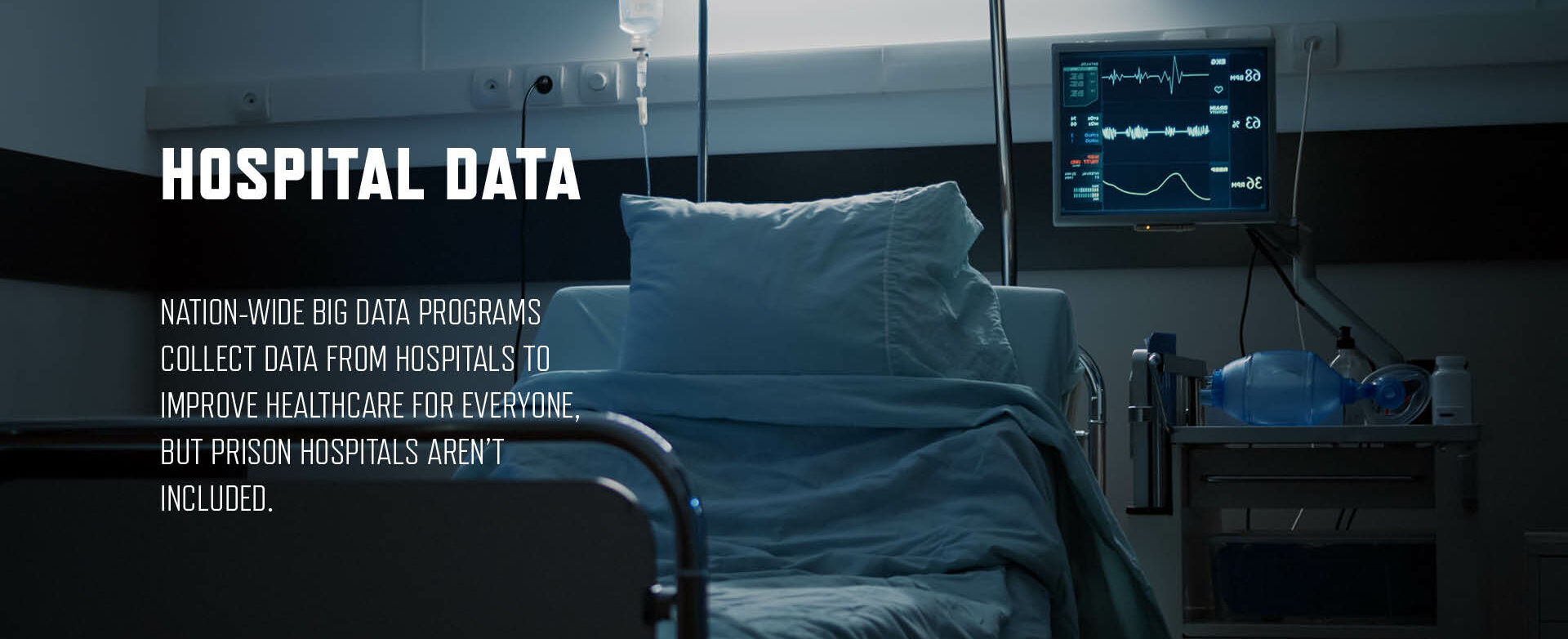
The Healthcare Cost and Utilization Project, or HCUP, is a collection of databases that provide information on hospital inpatient stays, emergency department visits, and ambulatory surgery in the United States. This massive program collects information from roughly 4,500 hospitals and is governed by the Agency for Healthcare Research and Quality, a division of the US Department of Health and Human Services. Its purpose is to provide the country’s most comprehensive view of how people use healthcare and the costs associated with that use. The data voluntarily shared with HCUP can then be analyzed by researchers, policymakers, and healthcare providers to make informed decisions and improve the quality of care. For example, HCUP data help evaluate the effectiveness of new treatments, identify trends in hospitalization, and develop policies to improve the efficiency and accessibility of healthcare services.
By providing this information, HCUP helps stakeholders work together to improve the healthcare system and ensure everyone has access to the care they need. Despite surveying most of the country’s roughly 6,000 hospitals, it misses a large portion of those who use healthcare services: incarcerated people.
The United States views its enormous population of people who live in prisons and jails as having certain special legal protections in the form of constitutional rights. For instance, the right to “access the courts” is especially important for people deprived of liberty because the legal system is how they can fight for their freedom or address concerns about their living conditions. Another constitutional right for incarcerated people is access to healthcare. The Eighth Amendment guarantees protection from “cruel and unusual punishment.” US courts have found that it is illegal to withhold medications, treatment, or regular access to healthcare professionals.
To ensure that healthcare is delivered, prisons and jails typically have dedicated nursing staff in an infirmary. For serious or complex medical problems, though, incarcerated people may still need to be seen in a hospital setting. Departments of Correction (DOCs) solve this problem in several ways: some send patients to prison hospitals, some exclusively work with community-based hospitals, and others will use a mix of the two. Prison hospitals are distinct in that they only provide care for incarcerated patients and are managed by a DOC, with the same fences and security staff as any other prison. Community-based hospitals occasionally have a “secured ward” dedicated to treating patients from a carceral facility, but they offer care to the general public.
The US has the largest incarcerated population in the world. This group has a constitutional right to healthcare and a specialized system for providing this government function. Yet, these prison hospitals are not included in HCUP or other hospitalization datasets, which keeps people from understanding how the government fulfills its obligation to incarcerated people. Including data from prison hospitals is readily achievable and would benefit various interested groups. If prison hospital administrators had this information, they could predict how and when to make appropriate staffing decisions among their medical teams. Researchers could analyze this information to see who is using the hospital and for what reason to identify concerning trends. Advocates could use hospital data to show where carceral agencies fail in their duty to provide adequate care.
Without public data, there are few checks on a system known for its historical abuses and negligence. Individuals experiencing incarceration have been forcibly sterilized as recently as 2020 in ICE detention facilities and in 2013 in California prisons. In Alabama, there has been a rise in preventable overdose deaths among people living in prison over the past several years. The COVID-19 pandemic, and the increased rate of death in prisons, demonstrate an ineffective response by carceral healthcare administrators. The harms in each scenario could have been mitigated if the right people had been equipped with healthcare data from prisons.
The 3rd City Project is dedicated to promoting transparency in carceral institutions. If you want to learn more about HCUP and how invisible data harms the health of everyone, read more in this Health Affairs Forefront article written by our team.


